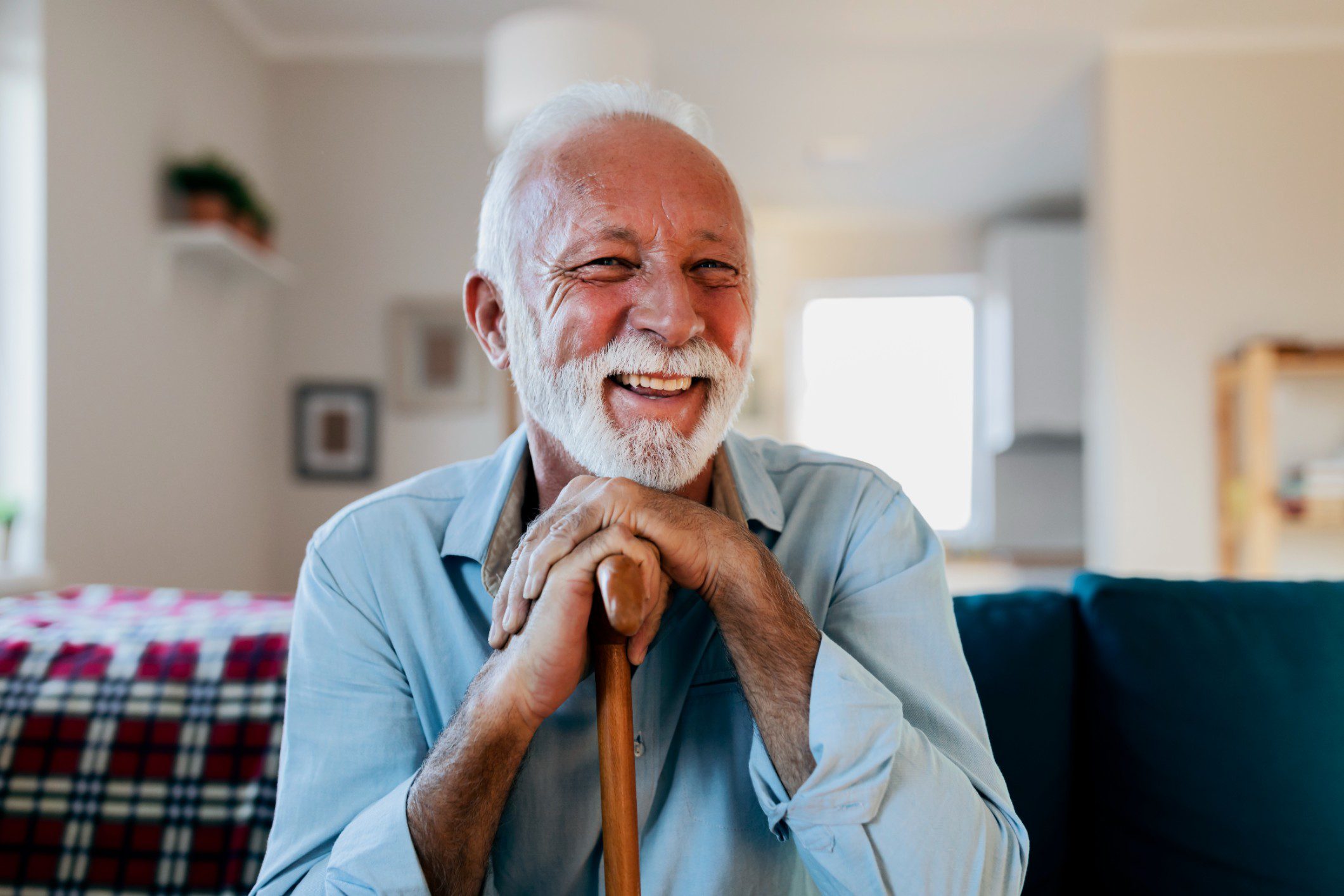
The nursing assessment of an individual in any healthcare setting should bring together a wide array of information that is used to make sound diagnoses and decisions on appropriate nursing and care interventions, and this should include cultural needs.
In an acute care setting the nursing assessment may need to be more geared towards an individual’s physical and functional abilities, whilst in the care home setting it is vital that nurses understand the importance of assessing not only the resident’s physical, functional and cognitive state but also their emotional, spiritual and social needs.
Understanding someone’s cultural needs or defining what it means for the care and support to be delivered in a ‘culturally safe’ manner is not just about considering where a resident was born or whether they identify with a particular ethnicity.
Cultural safety requires us to understand a particular individual’s gender, sexuality, political leanings, preferences, cognition, desires, phobias and fears, physical and emotional barriers to access, mobility constraints and more.
It is essentially an environment which is spiritually, socially and emotionally safe, as well as physically safe for people; and where there is no assault, challenge or denial of that individual’s identity, of who they are and what they need.
Most importantly cultural safety takes into account the potential power imbalance that can sometimes be evident between the carer and the resident. True person-centred care removes that power imbalance and puts the resident in the driving seat so their needs can be considered first and foremost.
It is vitally important that care/progress notes are an integrated record and visiting allied health practitioners or doctors are able to easily view and filter any relevant information.
Very often care plans only document what global interventional support might be needed for a number of residents without considering the ‘when’, ‘where’ and ‘how’. A person centred care plan means the information gathered is couched in this comprehensive framework ensuring it is individualised and thus ‘culturally safe’ for that particular individual.
In order to do this effectively, we must rally the entire care team. This includes not only the nurses who plan and conduct the ‘care orchestra’, but also the carers who are fundamental to the quality of the activities of daily living.
This should be a top-down approach, from the activity coordinators who customise social and leisure programs to the kitchen staff who are able to quickly modify the texture of a resident’s diet when required.
In determining what language or traditions are important to a resident, we might acknowledge the desire of the resident to bring in some special mementos, that the resident doesn’t wish to provide access for a particular person to visit, or that they would like to be provided with a regular opportunity to speak with their family and friends in their homeland.
Cultural safety also includes a conversation about sexuality and intimacy. Nurses are often reluctant to enter into a discussion with a resident about their sexuality and intimacy needs, and any assessment in this area needs to be undertaken very sensitively, however, it is a discussion we need to be having to ensure the cultural safety of our LBGTQIA communities.
Writing ‘n/a’ or ‘not appropriate’ on the sexuality and intimacy care plan of every resident in the home will not be sufficient to ensure the cultural safety of everyone in care. Particularly if a resident has very specific views on their desire to retain an intimate relationship either inside or with someone living outside the facility.
Utilising an electronic care plan to document the changes rather than a paper file, as well as a resident-directed app that feeds directly into the resident’s health file, will ensure changes are captured in real-time.
Only needing to document the information once but being able to access it in multiple places within the resident’s electronic care file is a huge time saver for staff. Not only does this save duplication of documentation and errors in transcribing but also provides visibility and clarity for managers responsible for clinical governance.
An electronic care record enables resident-centred goals to be reflected alongside relevant assessments to form a cohesive plan of care. It can be entered directly from the resident and only viewed by appropriate members of the care team.
A culturally safe care plan pulls together information from a vast array of different assessments, discussions and interactions in order to reflect the culturally safe desires, wishes and needs the resident has determined are important for them.
The ability to present this in a range of different formats and summaries, along with relevant photos and videos and supporting documentation, such as consents, is all that is needed to keep a resident culturally safe.
To ensure appropriate visibility of the ever-evolving needs of the resident, an electronic care record displayed in multiple formats and utilising a range of devices is the only viable option in the future.
I would have thought the most basic need for aged care residents who are Muslim is to assist them to attend to their prayers daily. That may mean physically assisting them from their chair/ bed and helping them to kneel and to stand up afterwards.